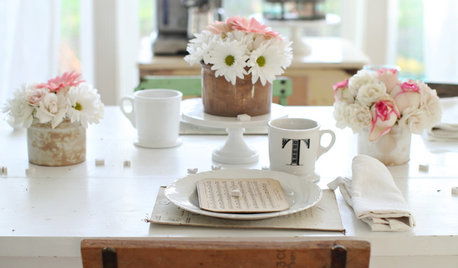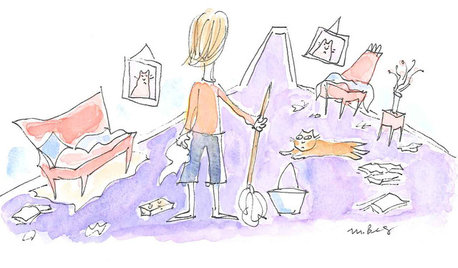The inadequate language of flower[ing]s
John_D
20 years ago
Related Stories

COLORRunway to Room: Spring Fashion Pops Into the Home
From streaks of nude to shots of neon, color joins shimmer, menswear, cable knits and more in the spring 2012 runway collections
Full Story
KITCHEN DESIGNKitchen of the Week: Elegant Updates for a Serious Cook
High-end appliances and finishes, and a more open layout, give a home chef in California everything she needs
Full Story
ENTERTAININGSummer Living: How to Welcome Weekend Guests
Thoughtful touches and smart planning make summer visitors feel right at home
Full Story
MOST POPULAR12 Key Decorating Tips to Make Any Room Better
Get a great result even without an experienced touch by following these basic design guidelines
Full Story
LIFEWe Can Work It Out: Living (and Cleaning) Together
Run a household without fussing and fighting with these ideas for how to work together on household chores
Full Story
STORAGEBedroom Storage: 12 Ways to Work Your Wardrobe
Instead of letting the mess in your closet overwhelm you, tackle it head on with these smart and simple solutions
Full Story
LIFEThe Good House: An Experience to Remember
A home that enriches us is more than something we own. It invites meaningful experiences and connections
Full Story
LIFEYou Said It: ‘Know Thyself’ and Other Houzz Quotables
Design advice, inspiration and observations that struck a chord this week
Full Story
DECORATING GUIDES15 Ways to Get the English Cottage Look
Look to nature, inexpensive fabrics and small swaps to conjure a country-house vibe
Full Story
BATHROOM DESIGNHow to Light Your Bathroom Right
Get ready for your close-up in a bath that's a sanctuary with task, accent, decorative and ambient lighting
Full Story





eddie_ga_7a
John_DOriginal Author
trudi_d
John_DOriginal Author
acj7000
nandina
trianglejohn
acj7000
John_DOriginal Author
eddie_ga_7a
apprehend
John_DOriginal Author